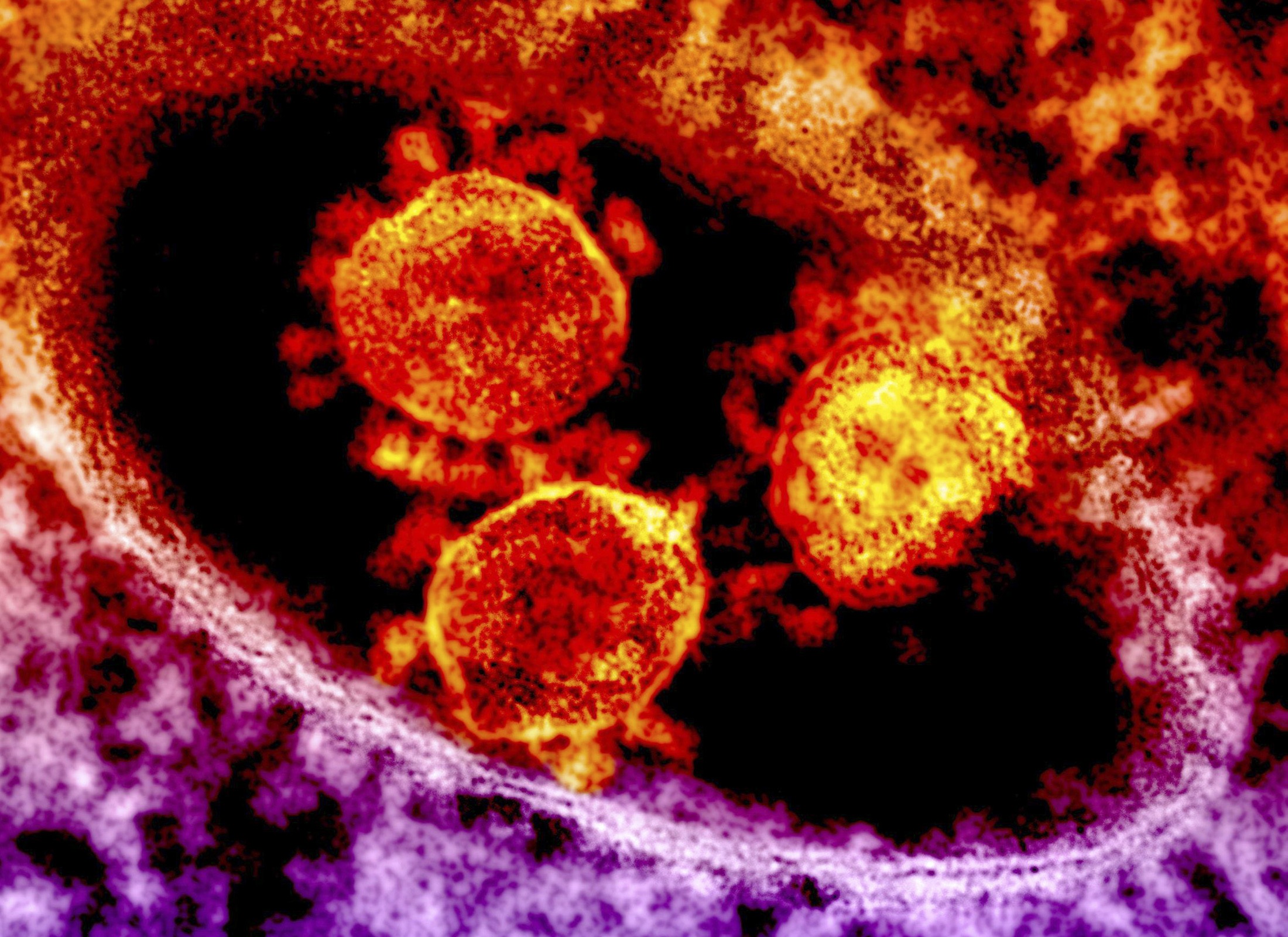In a north London laboratory one Saturday in September 2012, an email arrived from a team of virologists in the Netherlands that spooked even some of the world's most seasoned virus handlers.
It contained details of a mysterious viral pathogen that had been found in two patients — a Qatari in intensive care in Britain, and a Saudi who died in a Jeddah hospital of pneumonia and renal failure.
This information-sharing between world-leading specialists proved fruitful: Within days the new virus had been identified as one never seen before in humans, had some of its genes sequenced, and its genetic ancestry published online for scientists around the world to see.



